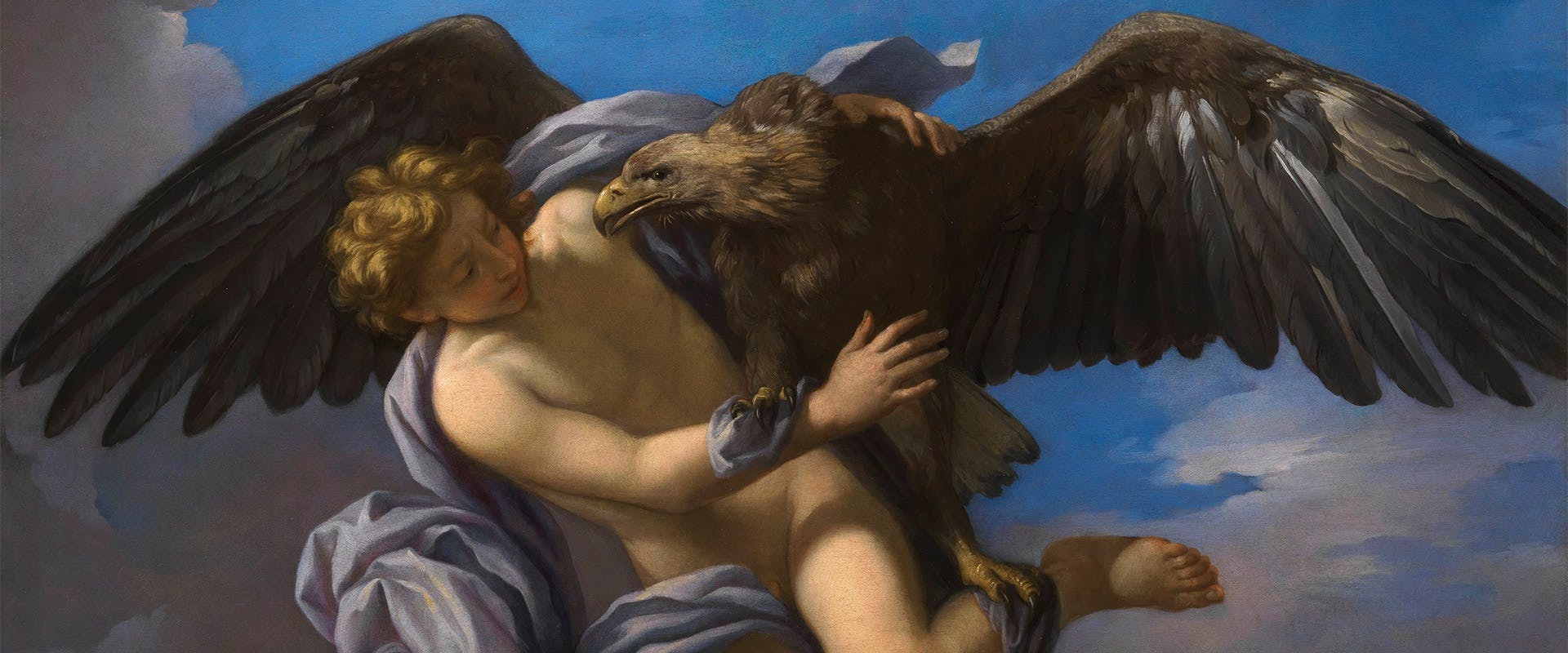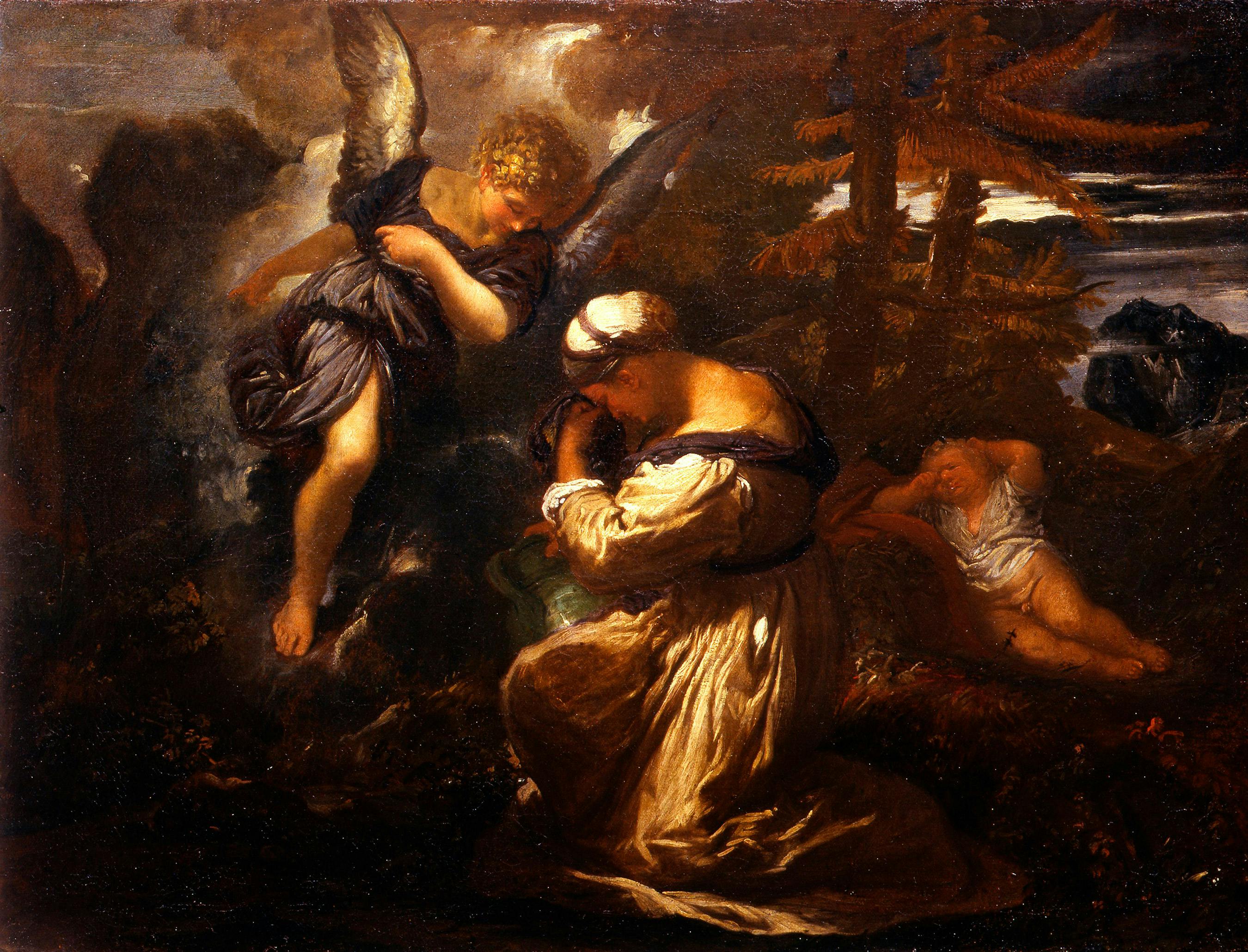The Grand Prince Ferdinando De' Medici (1663 - 1713) Collector and Patron of the Arts
Ferdinando’s great interest in fine arts and his role as patron of the arts
To celebrate the 300th anniversary of the death of the Grand Prince Ferdinando de' Medici (1663-1713), the Uffizi Gallery devotes an exhibition to this key figure who was both an important collector and patron of the arts.
The eldest son of Cosimo III de’ Medici, Grand Duke of Tuscany, and Marguerite Louise d’Orléans, he is remembered as a patron of theatre, music and figurative arts. His interests and innovative approach attracted leading artists of the period (musicians, instrumentalists, painters and sculptors) to Florence.
The exhibition is divided into sections illustrating the Prince’s cultural inclinations, while also presenting how his arts patronage supported and promoted the artists of the time.
An introductory iconographic section is dedicated to the Prince’s image and his juvenile interests. The following section illustrates the early years of Ferdinando's art collecting and patronage which focused in particular on his beloved villa at Pratolino where, alongside musicians, singers, costumiers and composers, he also hosted the Bibbiena family, masters in the art of stage design.
The third section is devoted to the renovation of Palazzo Pitti, the Pergola Theatre and of the cathedral of Florence on the occasion of Ferdinando's wedding to Princess Violante Beatrix of Bavaria in 1689. At the same time, the section also explores the ceremonies and festivities held in Florence to celebrate the Prince's wedding.
Another aspect the exhibition illustrates is the Prince's growing interest in the figurative arts, both in contemporary sculpture and in painting. This section also displays sumptuous objects, pieces of furniture and everyday items as evidence of Ferdinando’s sophisticated taste.
The exhibition explores also Ferdinando’s taste as a collector, his interest in ancient works and in the 16th and 17th century painting. He was able to bring to Florence a large quantity of paintings, many of which are now part of the Uffizi and the Palatine Gallery’s collections.
The final section is devoted to the last years of Ferdinando's life, exploring the results and repercussions of his art patronage and collecting, and displaying the drawings for a celebratory monument that it was planned to be erected in his memory.

